Jackson and Abigail's Ten Facts - Hiroshima
91.
8.16am on 6th August 1945, the USA dropped an atomic bomb on Hiroshima.
92. 80,000 people are killed as a direct result of the bombing and 35,000 are injured.
93. Total deaths attributed to the bombing are 146,000.
94. In Hiroshima's Peace Memorial Park, a flame has burnt continuously since it was lit in 1964.
95. Shadows have been imprinted permanently into the ground in various places across the city due to the initial blast of the bomb.
96. Kyoto was on the initial list of potential cities to hit. It was removed because the US Secretary of War had his honeymoon there.
97. Before the atomic bomb attacks, the US dropped pamphlets on the Japanese cities, promising "prompt and utter destruction" and "urged civilians to flee".
98. The second atomic bomb was dropped on Nagasaki on August 9th, 1945. 80,000 people were killed as a result.
99. A Boeing B-29 was used to drop both of the bombs.
100. These two attacks remain the only use of nuclear weapons in world history.
We check out of our first fully automated backpackers bright and early. We had to check-in via a computer and take photos of each of us on the computer. There was a common area with a free computer to use and stacks of tourist information and brochures, books to read, a fully kitted out kitchen, laundry, and roomy bunks complete with power points. It was well thought out -just not a person in sight!
A Shinkasen brought us to Hiroshima. What we experienced and learnt today reinforced the horrors of war and any armed conflict.
The devastation wrought on both Hiroshima and Nagasaki is inexcusable and something we hope never ever happens again.
On this sumny day, we walked though what is now the Hiroshima Peace Memorial Park. We read the story about this tragic event and saw the Atomic Bomb Dome, which is the remains of the Hiroshima Prefectural Industrial Promotion Hall.
It is only a short walk to the eternal flame where we joined so many others praying and reflecting on this event in history.
We were all touched and said more prayers by the Children's Peace Monument which was created following the death of Sadako Sasaki. Sadako was only two when the atomic bomb hit Hiroshima. She was one of the lucky ones who survived the blast, with no apparent injuries, growing into a healthy young girl. Sadly nine years later, she developed leukemia, like so many others, and died at the age of twelve. During her eight month battle with leukemia, she began to fold paper cranes, in the hope that this would help her overcome her illness. It was said that folding a thousand paper cranes would fulfill the folder's wish. When Sadako died, she had folded over 1,300 paper cranes. Her death triggered the desire to build a monument to pray for peace and to remember the many children, like Sadako, who died due to the atomic bomb attack. People from all over Japan donated money to build the monument and now ten million paper cranes a year are made and offered each year to the Children's Peace Monument.
The monument itself features Sadako on top, and lower down on each sidisof the monument is a boy and girl to represent angels. A bronze crane is suspended underneath, which works as a wind chime when it swings against the peace bell.
We read about, and heard the stories from, survivors and saw exhibits of items that survived the attack in the Hiroshima Peace Memorial Museum. They have done a good job of documenting so much about this horrific event.
After all that we saw and learnt, it seemed surreal that we enjoyed our first sushi train lunch in Hiroshima.
Only a short distance from Hiroshima is Miyajima Island. This revered island is also home to one of the most famous sights in Japan (i.e., it is pictured in every tour brochure about Japan): the floating giant orange Great Torii Gate marking the entrance to the Itsukushima Shrine. Now the gates are only submerged at high tide, so you need to plan your day accordingly.
Miyajima Island is know as an Island of the Gods and home to not only the UNESCO listed and National Treasure Itsukushima Shrine, but also unspoilt forests to hike and many other historic temples and shrines to visit. The island is so revered that no-one is allowed to die here. Pregnant mothers are taken off the island to have babies and the sick are removed too.
Along with the crowds here to see the famous floating Torii gates at high tide like us, we saw a few more deer, a newly married Japanese couple being pulled through the streets and souvenirs galore tempting those walking between the ferry and the many historic sites.
We spied a little bit of Canada on Miyajima too. Their most popular treat is a maple leaf shaped biscuit filled with different flavours called Momiji Manju . Of course, we had to sample them. Us kids and Mum chose a chocolate filled biscuit each, while Dad waited for the chestnut filled one to be freshly made. We concur that they are the best treat on the island!!
A ferry ride, a train ride and our final Shinkansen brought us to our final destination in Japan: Fukuoka.

 Hiroshima, Hiroshima, Japan
Hiroshima, Hiroshima, Japan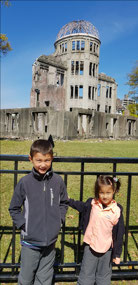

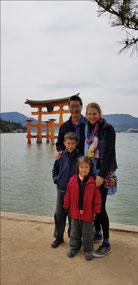


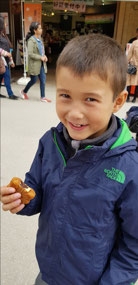
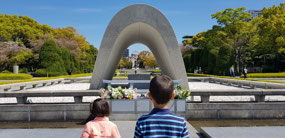
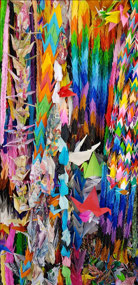
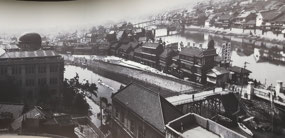
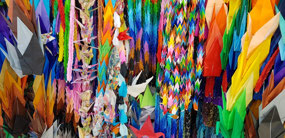
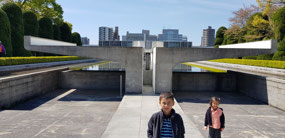
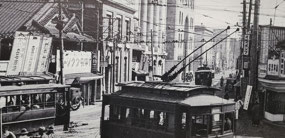
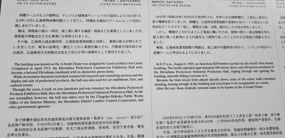
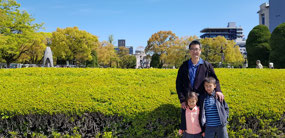
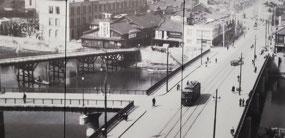
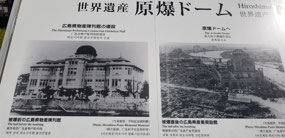
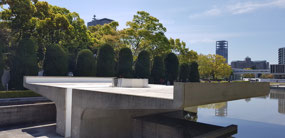
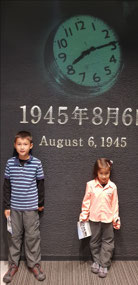
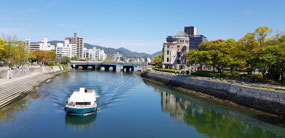
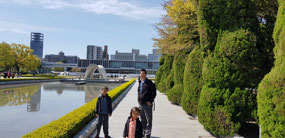
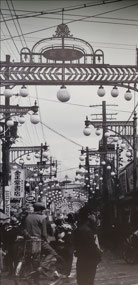
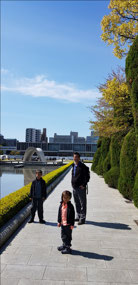
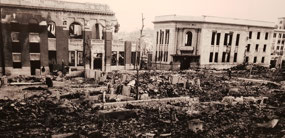
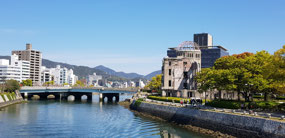
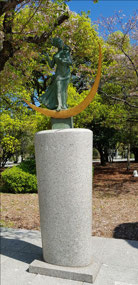
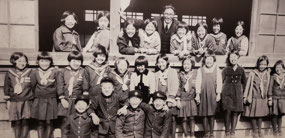

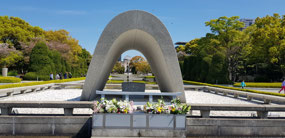
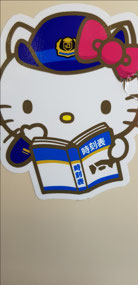
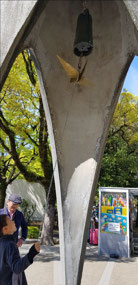

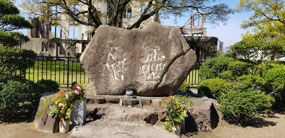
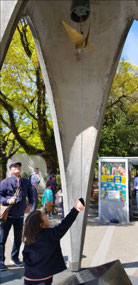
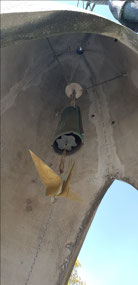
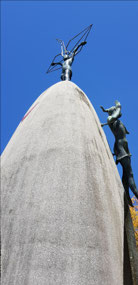

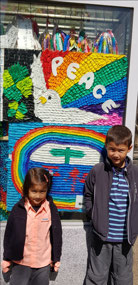
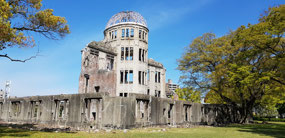
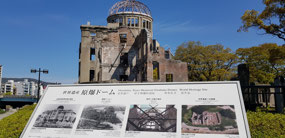

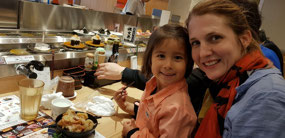
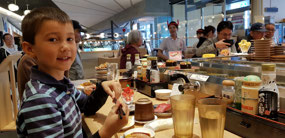

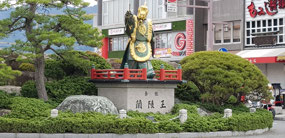
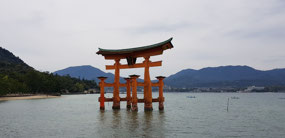
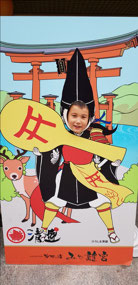

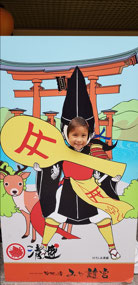
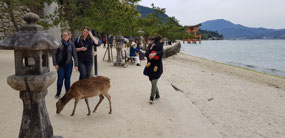
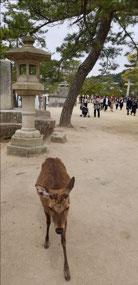
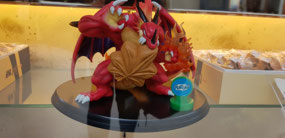
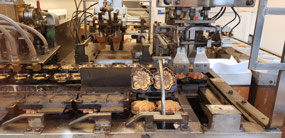
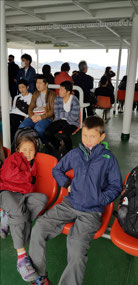
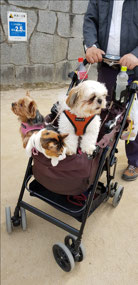
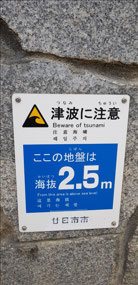

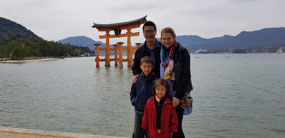
Helen
2019-04-22
Special. Can't wait to talk to u about this day too. Keep enjoying guys. X
S&V
2019-04-26
Great history lesson for everyone. Thank you for sharing your travel story. Such a tragic event with long lasting negative consequences.